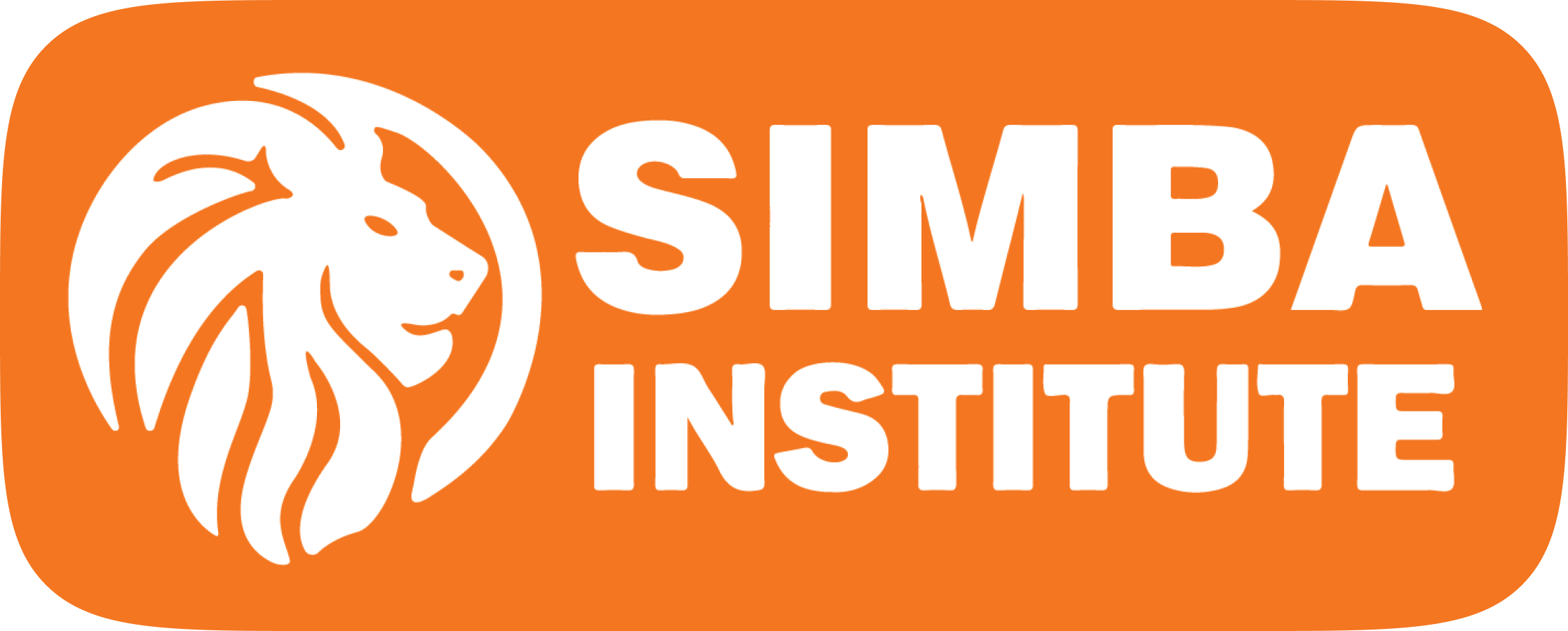Long-tail keywords include three or more words that refer to specific products, services, or themes. For example, a wide keyword like “shoes” may generate a lot of traffic, but it is also extremely competitive. Long-tail keywords, such as “women’s black leather ankle boots,” are more precise and less competitive. While it may not produce as much traffic, it is more likely to draw customers who are actively looking to buy that specific product.
Here’s information about different types of keywords
1. Broad Keywords:
- Short and general terms.
- High search volume.
- Often competitive.
Example: “shoes.”
2. Long-Tail Keywords:
- Longer, more specific phrases.
- Lower search volume.
- Less competitive.
Example: “women’s black leather ankle boots.”
3. Transactional Keywords:
- Indicate an intent to make a purchase.
- Often include action words like buy, order, or download.
Example: “buy iPhone online.”
4. Informational Keywords:
- Used to find information or answers
- Often start with question words like “how,” “what,” “why.”
Example: “how to tie a tie.”
5. Navigational Keywords:
- Used to find a specific website or page.
- Directly related to a brand or product.
Example: “Facebook login.”
6. Commercial Keywords:
- Indicate an intent to research or compare products.
- Often include words like “best,” “top,” “review.”
Example: “best digital cameras 2024.”
Understanding different kinds of keywords is critical to creating a complete SEO and digital marketing plan. Broad keywords appeal to a large audience but are extremely competitive, whereas long-tail keywords are more specific and less competitive. Transactional keywords indicate a willingness to purchase, whereas informational keywords seek answers or guidance. Navigational keywords are used to find specific websites, whereas commercial keywords denote a research or comparison stage in the purchasing process. Businesses may increase their digital visibility and gather relevant traffic by intentionally selecting different types of keywords.
Importance of Long-Tail Keywords:
1. Less Competition: Because long-tail keywords are more particular, they typically face less competition than broader terms. This means that ranking for long-tail keywords is generally easier, particularly for smaller organizations or those operating in niche markets.
2. Higher Conversion Rates: Long-tail keyword searches are more likely to happen later in the purchasing process. They know what they want, thus they are more likely to become consumers. Targeting long-tail keywords can result in increased conversion rates.
3. Better Relevance: Long-tail keywords help to ensure that your content is highly relevant to what users are searching for. This improves the user experience and increases the chances of your content being clicked on and engaged with.
How to Use Long-Tail Keywords Effectively:
Keyword Research: Starting by completing extensive keyword research to find right long-tail keywords for your area. Use tools like Google Keyword Planner, SEMrush, or Ahrefs to determine search volumes, competition levels, and potential keywords.
Understand User Intent: Consider the intent using long-tail keywords. Are users looking for a purchase, obtain information, or research products? Tailor your material to the user’s intent for each keyword.
Create High-Quality Content: Provide content that speaks to the particular requirements and questions of consumers looking for long-tail keywords. It might involve product descriptions, how-to instructions, reviews, and frequently asked questions.
Optimize on-page SEO: via including long-tail keywords into your website’s metadata, headings, body content, and image alt tags. However, avoid keyword stuffing since it may interfere with the success of your SEO.
Paid Advertising: Long- Tail Keywords can also be useful in paid advertising campaigns like Google Ads. Because they’re less competitive, they typically have lower cost-per-click (CPC) and more effectively click-through rates (CTR).
Verify and adjust: Using analytics tools to continuously monitor the success of your long-tail keywords. Monitor rankings, traffic, and conversion data, and alter your plan as appropriate.
Conclusion
Long-tail keywords play a major part in modern SEO and digital marketing strategies. By targeting these specific and highly relevant search terms, businesses can attract more qualified traffic, increase conversion rates, and improve overall website visibility. However, success with long-tail keywords requires careful research, strategic implementation, and ongoing optimization. Businesses know what long-tail keywords are as well as how to use them properly.



